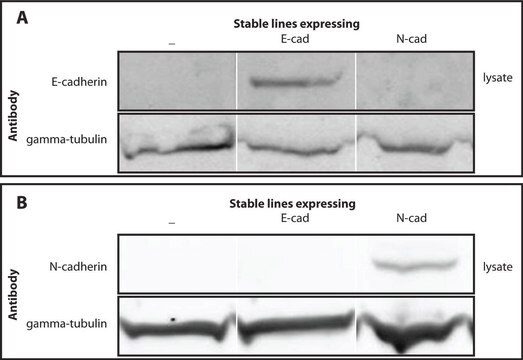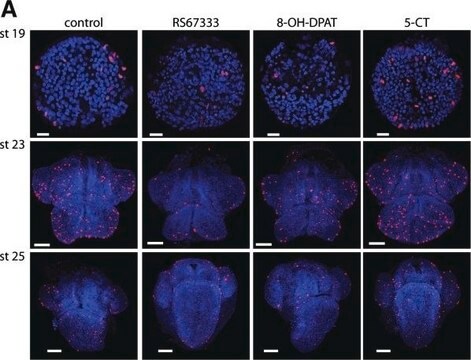G2781
Anti-Glutamine Synthetase antibody produced in rabbit
IgG fraction of antiserum, buffered aqueous solution
Sinónimos:
Glutamine Synthetase Antibody, Glutamine Synthetase Antibody - Anti-Glutamine Synthetase antibody produced in rabbit
About This Item
Productos recomendados
biological source
rabbit
Quality Level
conjugate
unconjugated
antibody form
IgG fraction of antiserum
antibody product type
primary antibodies
clone
polyclonal
form
buffered aqueous solution
mol wt
antigen 45 kDa
species reactivity
rat
packaging
antibody small pack of 25 μL
technique(s)
immunohistochemistry (formalin-fixed, paraffin-embedded sections): 1:10,000 using rat brain sections
microarray: suitable
western blot: 1:10,000 using rat brain cytosolic fraction
UniProt accession no.
storage temp.
−20°C
target post-translational modification
unmodified
Gene Information
human ... GLUL(2752)
mouse ... Glul(14645)
rat ... Glul(24957)
General description
Specificity
Immunogen
Gs (single amino acid substitution).
Application
Immunoblotting: a minimum working antibody dilution of 1:10,000 is determined using a rat brain cytosolic fraction extract.
Immunohistochemistry: a minimum working antibody dilution of 1:10,000 is determined using formalin-fixed, paraffin-embedded sections of rat brain.
Biochem/physiol Actions
Physical form
Disclaimer
Not finding the right product?
Try our Herramienta de selección de productos.
Storage Class
12 - Non Combustible Liquids
wgk_germany
WGK 2
flash_point_f
Not applicable
flash_point_c
Not applicable
Certificados de análisis (COA)
Busque Certificados de análisis (COA) introduciendo el número de lote del producto. Los números de lote se encuentran en la etiqueta del producto después de las palabras «Lot» o «Batch»
¿Ya tiene este producto?
Encuentre la documentación para los productos que ha comprado recientemente en la Biblioteca de documentos.
Los clientes también vieron
Nuestro equipo de científicos tiene experiencia en todas las áreas de investigación: Ciencias de la vida, Ciencia de los materiales, Síntesis química, Cromatografía, Analítica y muchas otras.
Póngase en contacto con el Servicio técnico









